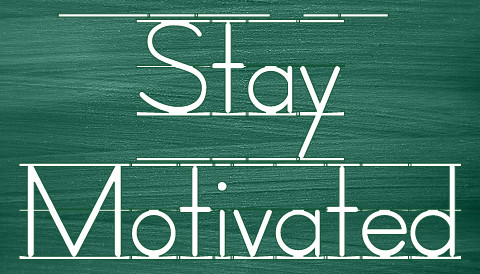
Bashing silos is all the rage in corporate culture. “Tear down the silos” and “Stop working in silos” and “We have too many silos” are typical mantras bandied about at leadership huddles and boardroom meetings. And in a sense they are right. Teams working in radical seclusion and isolation from one another can lose the benefits that come from communication, collaboration, and the broader culture.
But I would argue that in reality, it is not the “silo” that is the problem per se. Thinking about it from an agricultural perspective, silos had (and still have) great usefulness. Though tower silos are being replaced with bunker or bag silos today, the concept of silo storage remains strong. Silos are for storage. Think of them like “canning” for cattle food. They are also used for storing other items in a very efficient, cost-effective, and space-preserving way. Every square inch of a farm needs to be productive, and the towering silo allowed a large amount of grain or grass to be stored while using very little real estate.
In business, teams need to be organized in ways that are functionally efficient. This efficiency and success requires that the team has defined boundaries, members, and unique goals. Breaking down such “silos” won’t make the team work better, but will often lead to slower progress and diminished results. The problem isn’t the silo itself. The problem is simply our lack of communication and our failure to operationalize opportunities for constructive feedback from those outside the group.
Think about it from a sporting perspective. What if someone were to look at the players, the cheerleaders and the announcers and shout “break down the silos! Let some of the players participate in the next cheer, and let’s have a cheerleader announce the next quarter.” What? The results would be ridiculous, albeit possibly quite entertaining. But all those separate groups DO work together. They all knew what time the game was supposed to start. They all understood the rules of the game. And they all knew how to dress appropriately for their particular role. They practiced in silos. But they worked together to create an entertaining event for all.
The problem in most businesses is not silos. It is rather, in my opinion, a leadership failure to keep the “big picture” the “goal” before everyone’s eyes, and to allow platforms for effective communication where needed. The point guard is NOT going to practice with the cheerleader, but she does need to know when the cheerleader will need the basketball court to practice, so they aren’t trying to use it at the same time.
So…don’t tear down the silos. Just build better models for communication and ensure that leaders are aligned on the focus and goal of your organization.



